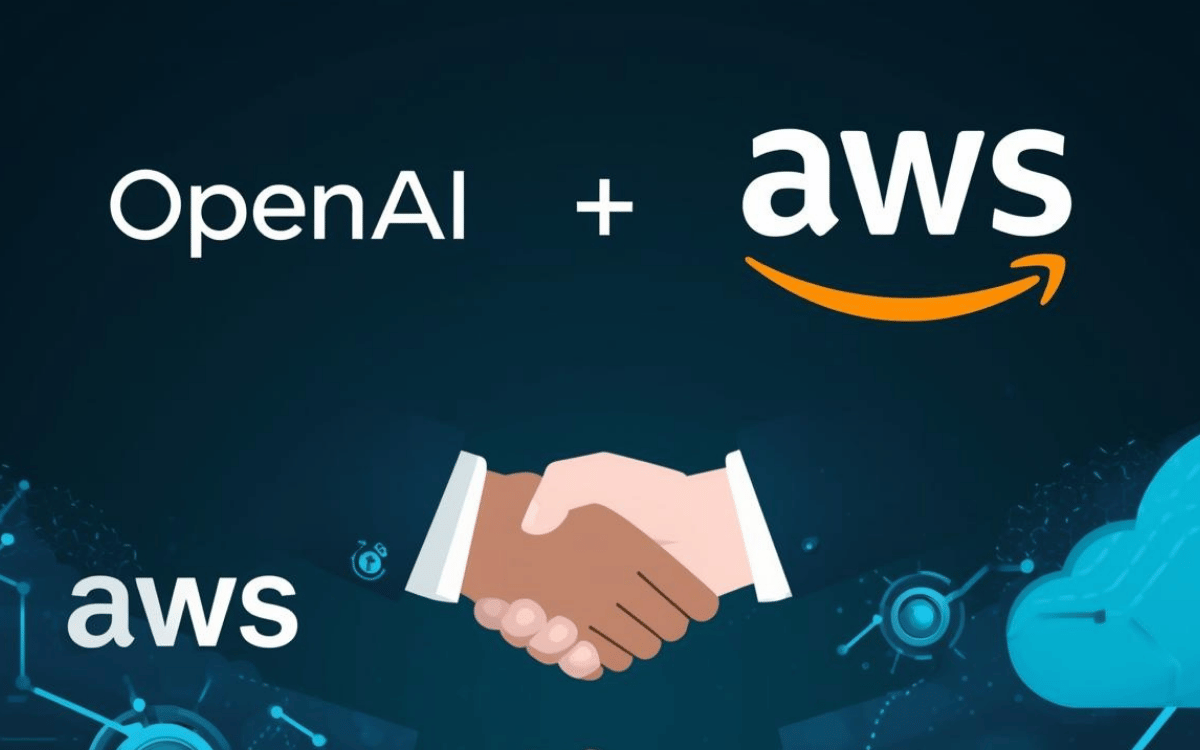In a landmark move that could reshape the AI infrastructure landscape, OpenAI has entered into a $38 billion agreement with Amazon’s cloud division, Amazon Web Services (AWS), to host and scale its flagship ChatGPT and related AI workloads on AWS infrastructure. The deal was announced by the companies earlier this week. Reuters
What’s Behind the Deal?
OpenAI wants access to AWS’s global footprint, high-performance computing, and deep enterprise infrastructure to support its rapidly growing AI models. Meanwhile, Amazon aims to lock in one of the most valuable AI partners and bolster AWS’s dominance in the cloud market — especially as AI workloads become heavier and more specialized. The agreement is seen as a signal of how cloud providers are positioning themselves around next-generation AI. Reuters
Strategic Implications
For AWS, winning OpenAI’s business provides a major credibility boost against rivals like Microsoft and Google, both of which are aggressively chasing AI infrastructure leads. For OpenAI, the partnership provides reliable scale and stability as the company rolls out new models, fine-tunes workloads, and supports enterprise customers at massive scale.
This deal also underlines the rising capital intensity of AI operations. Models such as ChatGPT require vast compute resources, and access to optimized hardware and data centers is now a strategic differentiator. By locking in AWS, OpenAI can better manage costs and performance while focusing on research and deployment. Reuters
What It Means for the Industry
- Cloud musk-race heats up: The major cloud providers are now competing equally on AI services, not just storage and servers.
- Enterprise AI accelerates: Large enterprises may rely on cloud-led AI partnerships rather than building from scratch, reducing internal barriers.
- Compute as strategic bottleneck: Access to powerful infrastructure is now a differentiator — not just model architecture or data.
Risks and Challenges
Despite the promise, the deal faces headwinds. Regulatory scrutiny around AI safety, data sovereignty, and model transparency could introduce delays or complications. Additionally, integrating massive workloads and maintaining uptime will require flawless execution from both sides.
For OpenAI, handing core operations over to another company also gives that partner deep leverage in pricing and strategy down the road. Meanwhile, AWS must manage the technical demands of next-gen AI models while preserving service integrity for its broader client base.
Final Thoughts
This $38 billion tie-up signals a turning point: AI is no longer housed in boutique research labs — it’s embedded within global cloud infrastructure battles. For OpenAI, it means scale, stability and enterprise credibility. For Amazon, it’s a powerful dock on the cutting edge of the AI wave. As computing becomes the new battleground, who controls the cloud might shape the future of artificial intelligence.
